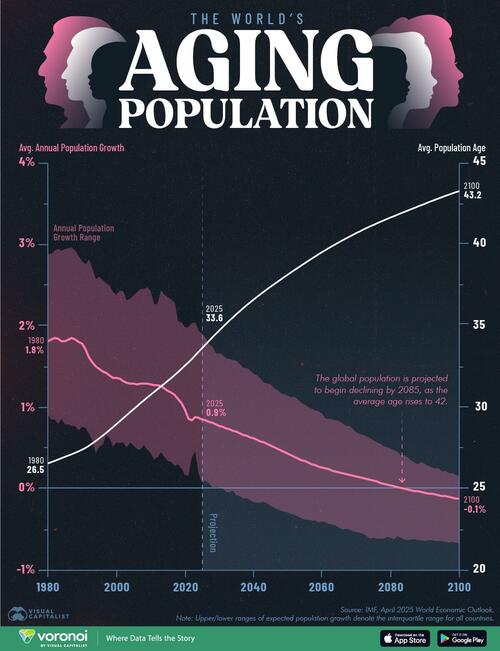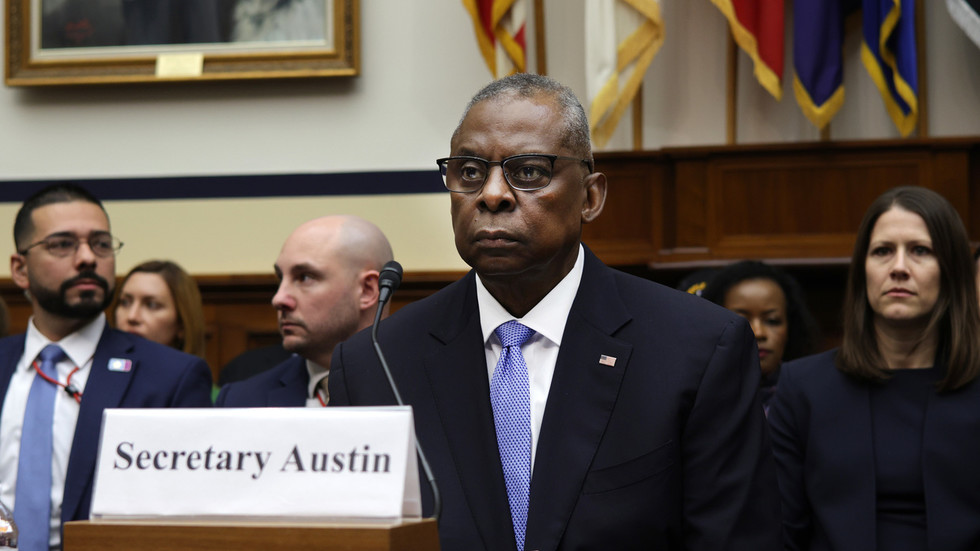Yippee — Mayor Eric Adams is launching a big crackdown on the city’s plague of sidewalk-jungle scaffolds, which he prefers to call “sheds.”
But don’t hold your breath waiting to see the blocks-long blights that darken streets from uptown Park Avenue to Wall Street disappear.
Adams calls his proposal “Get Sheds Down.” But let’s get real.
The limp measures would be as effective in getting rid of a meaningful number of sheds as throwing spitballs would be to stop an M1 tank.
They call for landlords to renew scaffolding permits every 90 days instead of once a year and levy bigger fines for leaving up “unsafe” sheds for too long. Ha! Do you know what $6,000-a-month fines would mean for most of these landlords? A rounding error.
Even if the measures are approved by the City Council — a body so demented that some members want to legalize jaywalking — they’d do no more good than toothless “crackdowns” on subway turnstile-jumping, unlicensed marijuana peddling and padlocks on “plazas” that landlords are supposed to keep open to the public.
The annual $8 billion scaffold leasing and support industry has little to fear from the puny proposals.

The problem isn’t incidental abuses by landlords of current laws, which Adams’ fixes would tackle — it’s the laws themselves.
Local Laws 10 and 11, enacted during the Ed Koch years, must go. They did more to enrich the sleepy scaffold leasing industry than Thanksgiving has done for turkey growers.
In the name of protecting the public from rare instances of dangerous falling debris, the laws mainly protect the profits of scaffold leasing companies, city plan examiners, construction unions, contractors, engineers and consultants who all batten at the trough.

But Adams, like his mayoral predecessors, has neither the guts nor political support to take them on.
The laws require inspections every five years of all buildings more than six stories tall, and sheds to go up whenever work is done to correct “violations.”
Unlike in other large US cities, the rules ridiculously apply to every building, no matter how much or little risk it presents, how old it is or what materials it’s made from.
Almost every inspection discovers a few technical violations, which results in a building like the Upper East Side one where I live being surrounded by scaffolding on three sides for more than two years — twice in the last decade.

Our building, like most others that are responsibly managed, didn’t keep the scaffolding up for the heck of it. It was simply to comply with the strict Local Law mandates.
Adams’ changes would make no difference in such cases, but apply only to the relatively few locations where owners keep the sheds up indefinitely while they delay repairs. Ironically, the No. 1 worst violator is the city’s own Housing Authority, as Post columnist Howard Husock revealed.
The mayor also calls for an absurd new plan to “reimagine what the standard city sidewalk shed can be.” We await the appointment of a blue-ribbon commission to take up the issue.

It’s dandy that Adams called out the civic disgrace of 9,000 sidewalk “sheds,” more than three times as many as 20 years ago, which cover between an unthinkable 400 and 500 miles. They provide shelter for drug addicts, muggers and psychotics, and ruin stores and restaurants that have the misfortune to have one of the monstrosities go up on their doorsteps.
Yet they’re scarce in other cities where there are no mass casualties from falling debris — even in the ancient part of Rome, where many structures are 2,000 years old.
Our sidewalk scourge will last as long, unless City Hall finds the courage to throw out the corrupt codes that put them up in the first place. But I’ll bet that Local Law 10 will win again.











:max_bytes(150000):strip_icc()/8NqAp-top-cd-rates-since-november-2021-as-of-aug-22-2023-ac64fd7f63d944f79cb20bf0ae535aac.png)



